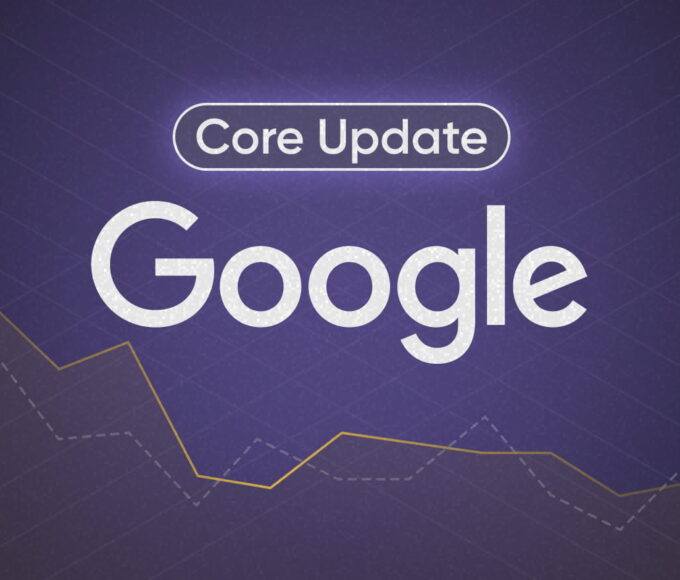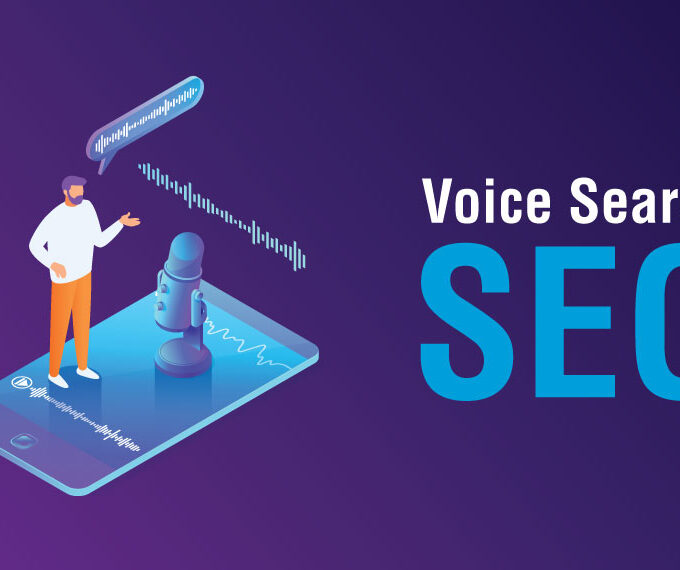Semantic SEO: How to Use AI to Build Topic Authority

Search engines are evolving and so must your SEO strategy. Gone are the days when stuffing a few keywords into an article could help you rank. In 2026 and beyond, Google’s algorithms are powered by artificial intelligence that understands meaning, context, and relationships not just words.
That’s where Semantic SEO comes in. It’s the future of organic ranking, and when combined with AI-powered tools, it becomes a powerful way to build topic authority and dominate search results.
In this guide, we’ll break down what semantic SEO means, why it’s critical for ranking in 2026, and how you can use AI to establish true authority in your niche.
What Is Semantic SEO?
Semantic SEO is the practice of optimizing your content around meaning and intent, not just keywords. Instead of focusing on one keyword like “digital marketing,” you create content that covers all related concepts such as content strategy, SEO analytics, branding, and customer journeys.
Search engines like Google use semantic understanding (via AI models like BERT and MUM) to interpret what users mean not just what they type.
For example:
- A user searching “best laptops for designers” isn’t just looking for a list they want context, comparisons, and buying advice.
- Google recognizes this intent and rewards content that addresses the full meaning behind that query.
By applying semantic SEO, your site becomes a trusted topic authority, covering every subtopic your audience is interested in.
Why Semantic SEO Matters in 2026
AI Search Is Context-Driven
Google’s AI can now understand entities, relationships, and topics not just keyword density. That means surface-level content won’t rank; in-depth, contextually rich content will.
- Voice and Visual Search Are Growing
As more users search using voice or image recognition, search queries become more conversational. Semantic SEO helps your content align with these natural-language queries. - Google Prioritizes Expertise and Depth
When your site consistently covers related topics, Google identifies it as an expert source. This “topic authority” boosts visibility across multiple keywords, not just one.
How to Use AI to Build Topic Authority
1. Use AI to Map Out Semantic Relationships
AI tools can analyze vast keyword data and show you how topics connect.
Instead of targeting single keywords, use AI to:
- Identify core topics (e.g., “content marketing”)
- Find related entities (e.g., “SEO strategy,” “user engagement,” “content optimization”)
- Build topic clusters main pages (pillar content) supported by detailed sub-pages
This approach signals to Google that your site offers complete, contextual information about a subject.
2. Create Pillar Pages and Cluster Content
A pillar page is a comprehensive article that covers a broad topic. Each cluster post explores one subtopic in depth and links back to the pillar page.
Example:
- Pillar: The Ultimate Guide to Content Marketing
- Clusters: Content Strategy for Startups, SEO Copywriting Tips, Measuring Content ROI, etc.
AI can help you:
- Discover gaps in your topic coverage
- Generate outlines based on semantic relevance
- Optimize internal linking between clusters
The more connected and relevant your content is, the stronger your topic authority signal becomes.
3. Optimize for Entities, Not Just Keywords
In semantic SEO, entities (people, places, brands, products, concepts) matter more than repeated keywords.
For instance, an article about “digital marketing” should reference related entities such as “Google Ads,” “content strategy,” “social media analytics,” and “conversion rate optimization.”
Use AI-based keyword tools or NLP (natural language processing) analysis to identify entities frequently associated with your topic. Then naturally weave them into your content to strengthen semantic relevance.
4. Improve On-Page Structure with Semantic Markup
Search engines love structured, organized data.
Use semantic HTML and schema markup to help Google understand your content hierarchy and context:
- Use
<h1>,<h2>, and<h3>tags logically. - Apply FAQ, Article, or How-To schema markup to improve visibility in rich results.
- Add relevant metadata and alt text that supports your topic cluster.
This doesn’t just help crawlers it improves accessibility and readability for users.
5. Train AI to Generate Contextually Aware Content
AI writing tools have advanced beyond keyword stuffing. When trained properly, they can assist in:
- Generating topic outlines aligned with search intent
- Suggesting semantically related phrases and questions
- Maintaining tone consistency across your entire site
The key is human oversight. Always edit AI content to ensure accuracy, relevance, and authenticity. Google values original insights and human experience not just AI-generated text.
6. Build Authority Through Interlinking and External Mention
Your internal link structure helps Google map your expertise. Use contextual anchor text that connects related articles naturally.
Additionally, build external authority by:
- Earning mentions from credible sites
- Publishing guest articles on niche-relevant platforms
- Being cited or referenced by other experts
Over time, these connections reinforce your domain’s credibility within the topic ecosystem.
Common Mistakes to Avoid in Semantic SEO
- Over-automating with AI — AI assists strategy, but it shouldn’t replace human insight.
- Ignoring topical depth — Publishing one article per keyword is outdated; focus on full coverage.
- Weak internal linking — Without strong connections, your content looks fragmented.
- No author expertise — Always showcase author bios and credentials to build trust signals.
The Future of Semantic SEO
By 2026, SEO is no longer about chasing algorithms it’s about building meaning, relationships, and trust.
AI will continue to evolve, but the principle remains: the more your content helps people understand a topic deeply, the more Google will reward you.
Semantic SEO bridges the gap between human understanding and machine learning and mastering it now positions your brand as a leader in the digital space.
To win in modern search, think beyond keywords. Build a site that demonstrates depth, context, and authority.
Use AI as a strategic ally, not a crutch, to uncover opportunities, fill gaps, and connect content meaningfully.
When your content ecosystem aligns with how Google’s AI understands the world, you’re not just ranking you’re leading.
Digilab Insights
Digilab Insights, your trusted source for expert-driven practical tips, proven strategies, and the latest trends in SEO, content marketing, social media, paid ads, and digital growth.
Recent Posts
How to Repurpose One Blog Post into 10 High-Performing Assets
October 30, 2025Topic Clusters Explained: The Content Strategy That Dominates Google
October 29, 2025Related Articles
How to Recover from a Google Core Update (Step-by-Step)
Few things cause more panic among digital marketers and website owners than...
ByDigilab InsightsOctober 26, 2025Local SEO Without a Physical Store: Free Global Freelancer’s Guide
If you’re a freelancer, consultant, or online business owner, you’ve probably heard...
ByDigilab InsightsOctober 24, 2025Voice Search Optimization: How to Rank for Spoken Queries
“Hey Google, how do I get more traffic to my website?” That...
ByDigilab InsightsOctober 24, 2025Internal Linking Strategy: The Hidden SEO Power Move
If you’ve been chasing backlinks, keywords, and content updates but still can’t...
ByDigilab InsightsOctober 24, 2025












Leave a comment